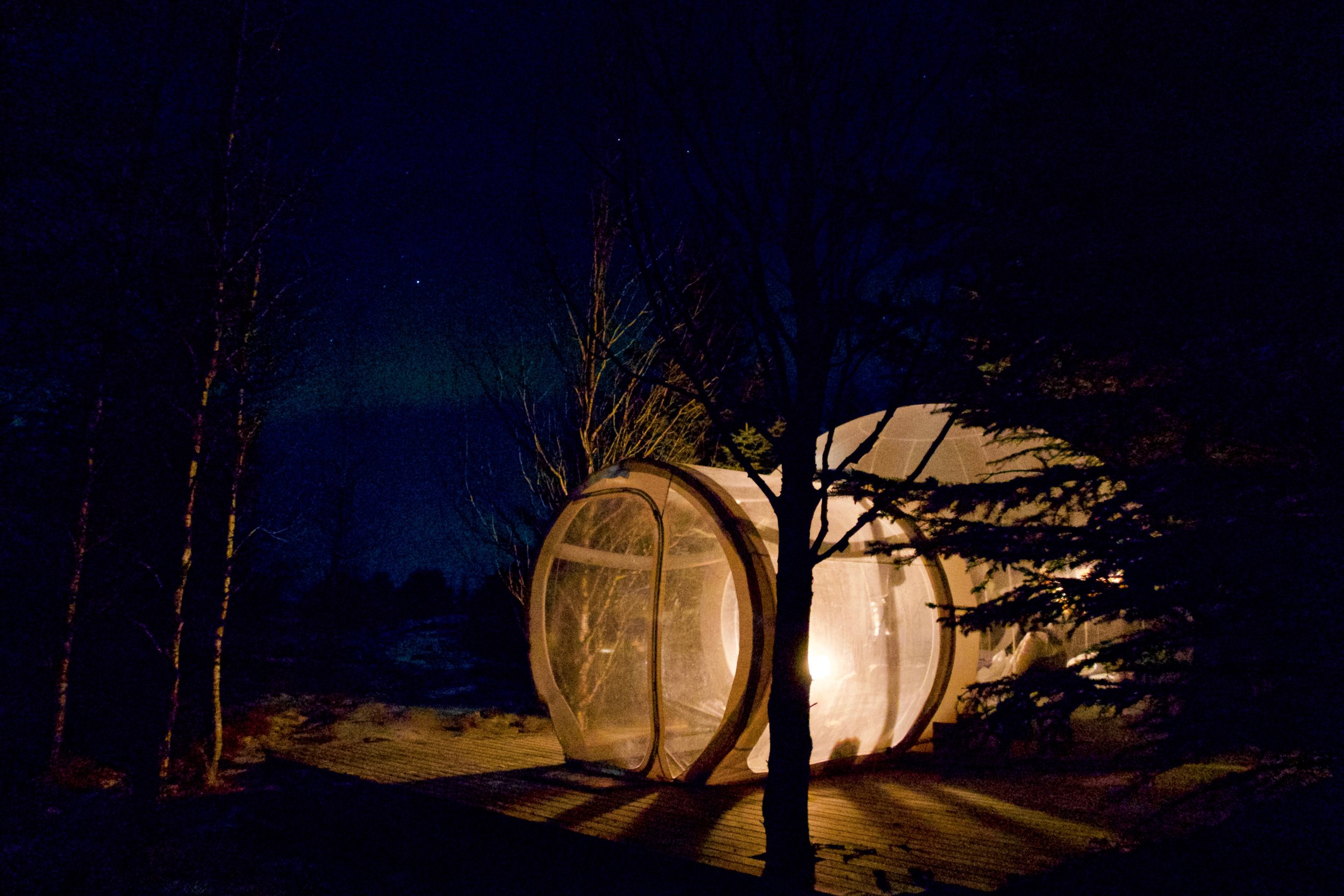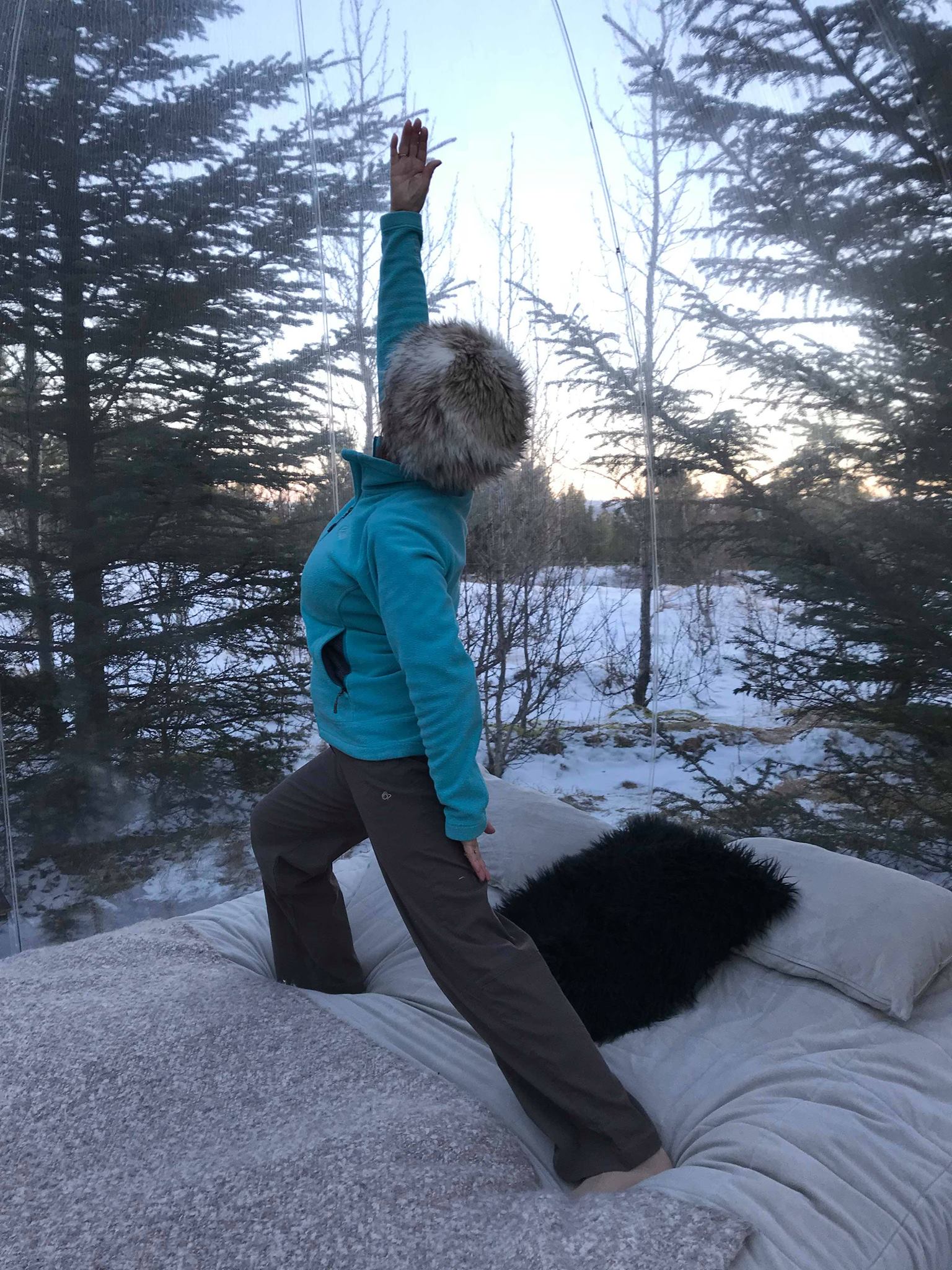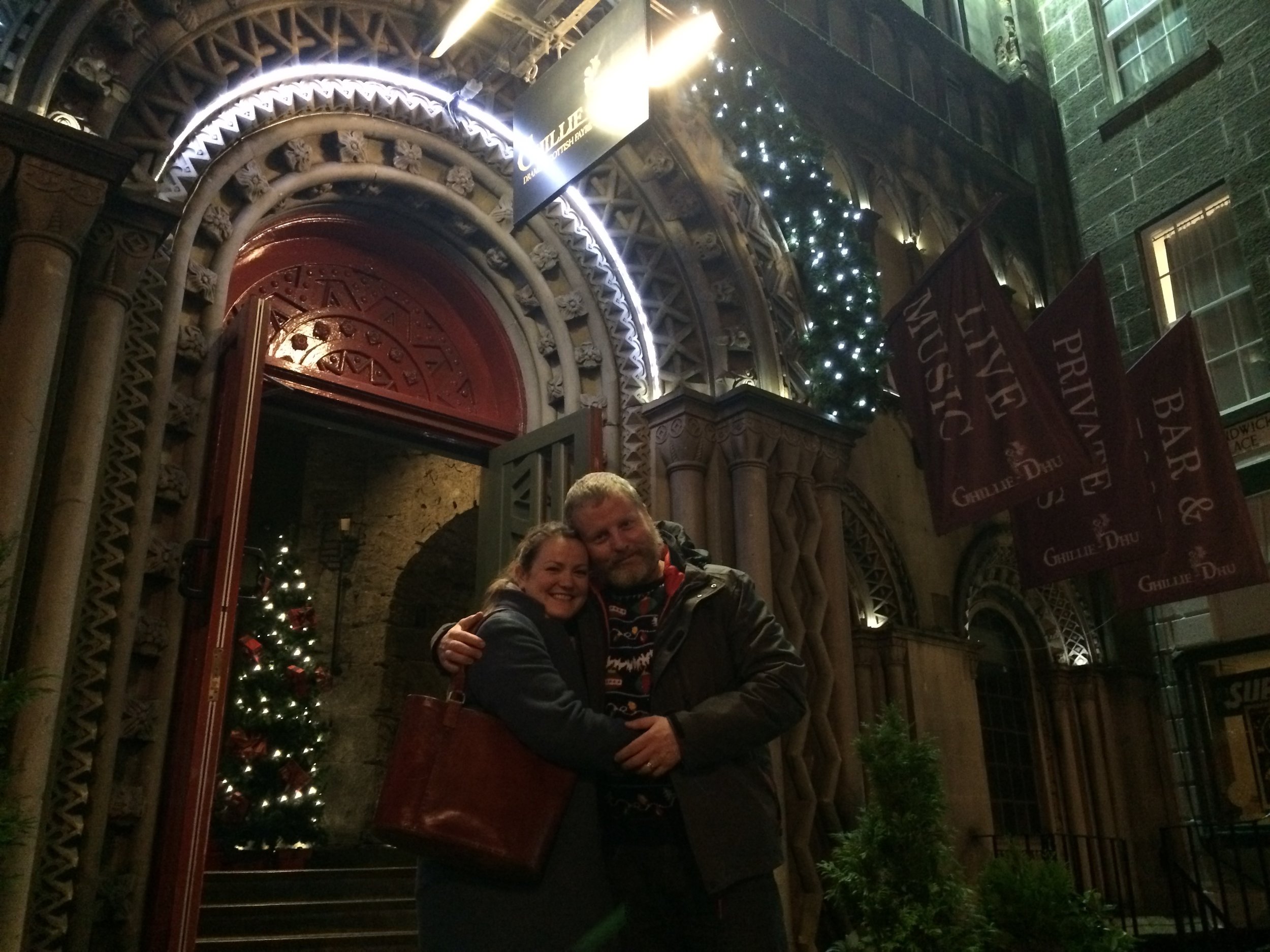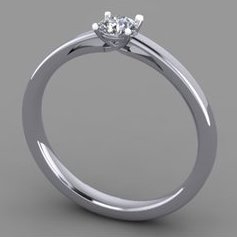The Rock
Last November I found myself back in India, where a big chapter of my life happened. India means a lot to me; my parents happily holidayed there, I escaped a recession only to end up climbing the academic ladder there, I made some awesome friends and memories there, learned to ride a scooter, traveled a lot, attended more Indian weddings than western, fell in love Bollywood movies and well, all things bling. But the career part was a huge chapter of change for me and Mother India nurtured, guided, and gave me the confidence to really push myself.
Between 2009 and 2012, I lived in Bangalore but India took a grip of my (as she does) and I managed to travel back and forth to Delhi and Mumbai with the British Council from 2012 to 2016 when I moved to Iceland (I know, quite the change). In the time I lived in India I had many visitors, one of which was my sister who came for a month and volunteered with two NGO projects. We managed to do some traveling too and flew up north to Rajasthan. This is where I fell in love with Udaipur, boasting some of the most impressive architectural details (especially windows) you've ever seen. It's a long story with many adventures but this story is about last November’s Diwali.
Diwali is the festival of light. A beautiful, if a little OTT at times, the festival of candles and fireworks. Having celebrated many Diwali festivals whilst living in India, I was keen to escape the noise and head for somewhere a little quieter. Remembering the calming lakes and beautiful palaces of Udaipur, I booked my flight and flew north the next day. Arriving in the city at night, I was met with all the chaos of an Indian festival. Fireworks, flashes of colour, and loud bangs. There was to be no escape.
I checked into a budget hostel and headed to my dorm. I always find when you are traveling alone, it's a good idea to book a hostel as you have more chance of meeting fellow travelers here and so company. The party was up on the roof and the Bollywood dancing had commenced. I got chatting with two English backpackers and we started exchanging stories. After a few hours, I headed off to bed. The next morning I went for a wander through the back streets, and not knowing anyone, it was a little odd when I heard my name being called from the doorway of a local jewelry shop. I looked back and saw the couple from the previous night. Now, experienced in Indian shops and the sometimes dodgy deals tourists get involved in, I had always stayed clear of them so I hesitantly approach. The couple was sitting in the shop, sipping on a cold beer and chatting about motorbikes. No one was shopping, no one was bartering, no jewels were even out on show so I joined them for a refreshing beer. A beer down, I jokingly pointed out that no one had bartered over anything yet and so I wanted to see his biggest diamond. We had a look and I asked about the price. They didn't think anything of it, why would they, after all, we were just a couple of hostellers enjoying a beer with them. I agreed to join them on a bike ride to a local lake and we headed off.
For those alarmed at this random decision, I will try to reassure you that I knew what I was doing, but honestly, how can I do that?! Firstly, I trust my gut in situations like this, a skill that comes in very handy when traveling alone. Heading off on the back of a motorbike, with two other travelers I had only just met, driven by someone I didn't know, to a random secluded lake - I get you, but all was fine. Actually, it was a great day and we had a good laugh at my Hindi, freckles, and other foreign funniness.

































